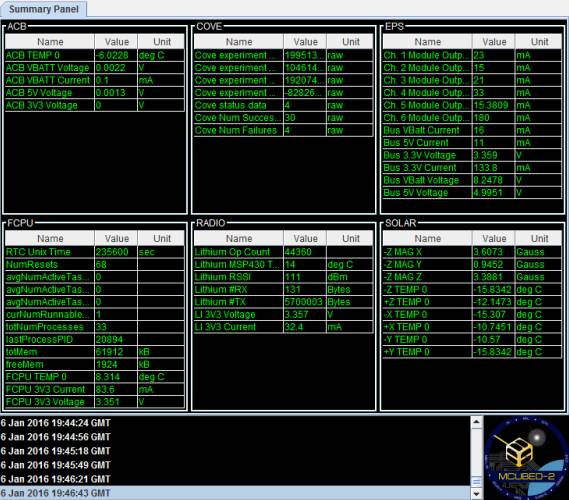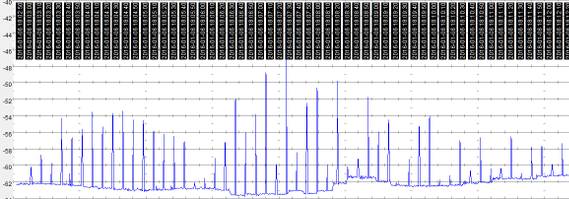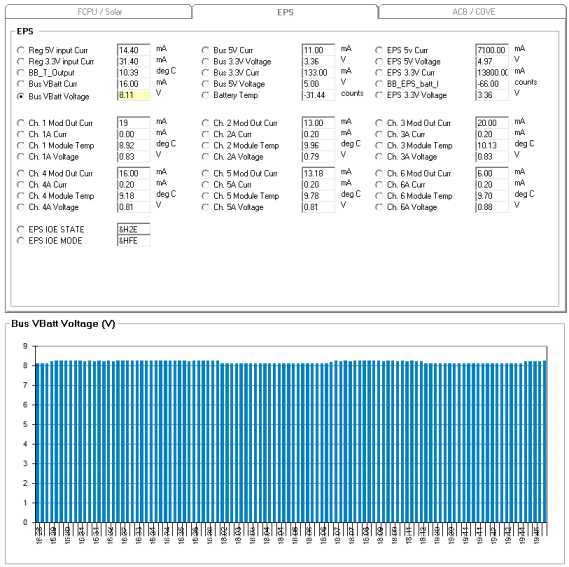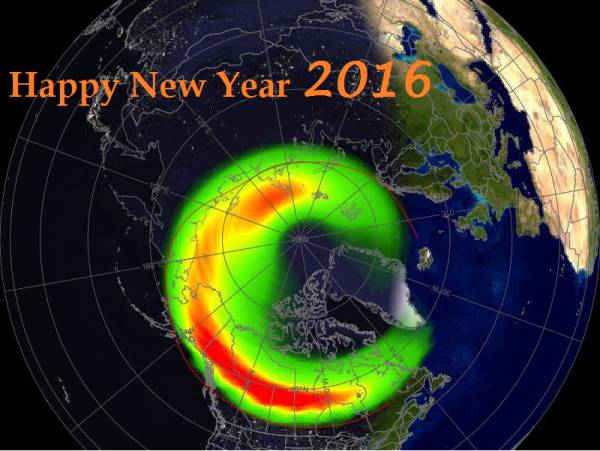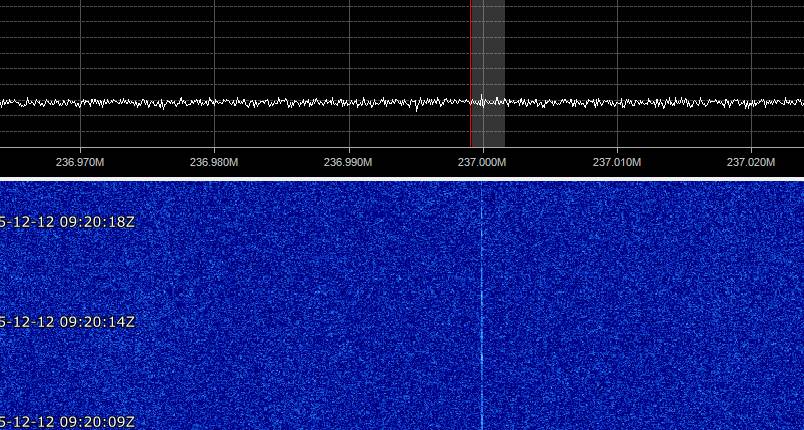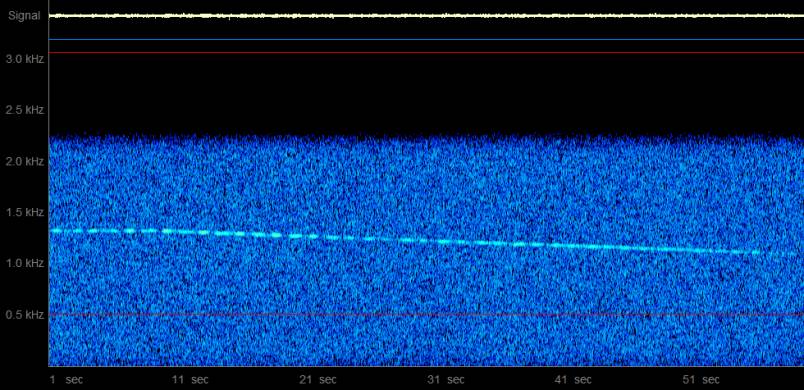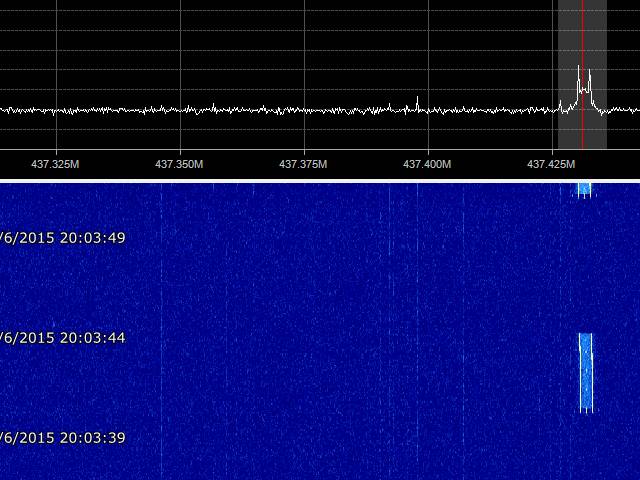Lonestar-2 (AggieSAT-4 and BEVO-2) Launched from the International Space Station.
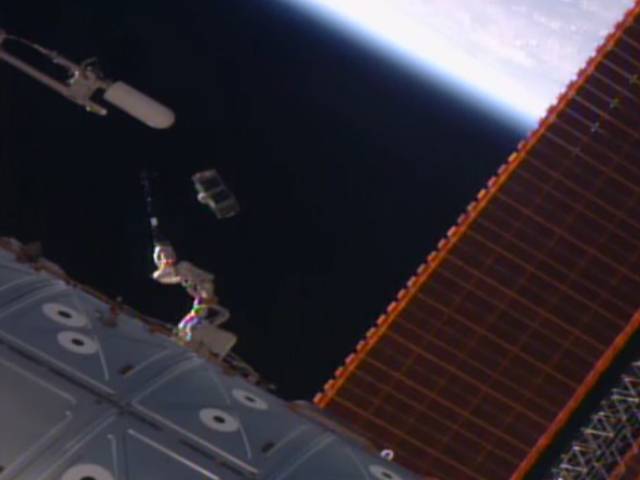
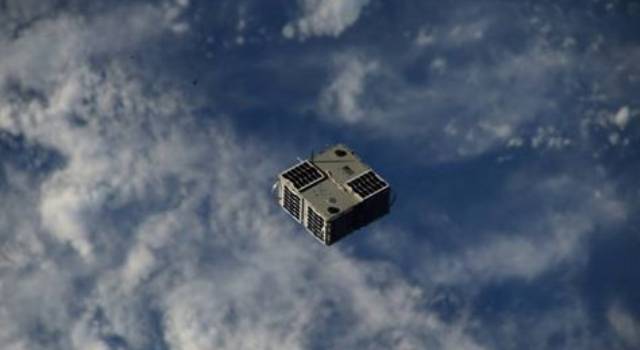
Source: Tim Peak on Flickr
It was only on the fifth pass that I could receive signals from AggieSAT-4 on 436.250 MHz. Data is send with 9600 baud FSK and decoded with the help of UZ7HO HS sound-modem software.
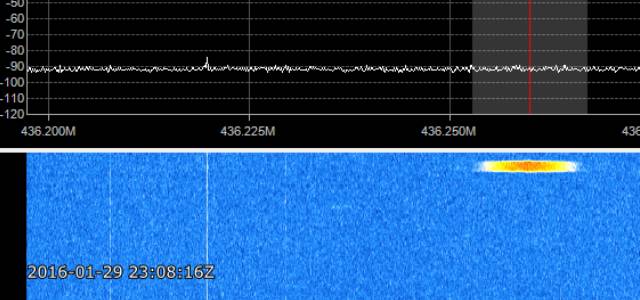
1 > C0 00 57 48 32 58 47 4E 6C 09 00 00 24 0E D8 0E DB DC 00 DB 21 > DC 00 02 00 03 00 6A 02 02 00 01 00 02 00 00 00 00 00 00 00 41 > 00 00 00 00 00 00 00 00 00 00 00 00 00 00 00 00 00 00 00 00 61 > 00 00 00 00 00 00 00 00 00 00 00 00 00 00 00 00 00 00 00 00 81 > 00 00 00 00 00 00 00 00 00 00 08 20 80 3A 00 00 00 00 00 00 101 > DB DC 7F 00 00 DB DC 7F 00 00 DB DC 7F 37 0D 01 07 13 00 00 121 > 00 68 68 68 68 DE 45 C0 WH2XGN
At the moment if you want to receive AggieSAT-4, you can use the TLE data from ISS. The coming days a NORAD ID will be announced and this object will get his own TLE data.
0 LONESTAR 1 41313U 98067HP 16030.33672022 -.00000484 00000-0 00000+0 0 9993 2 41313 51.6476 30.4721 0005403 89.0857 271.0404 15.54324811 90
More information on AggieSAT-4 and the Texas A&M University can be found at the following URL: AggieSAT Lab


 UZ7HO, enable the kiss server option and select a ground-station software corresponding port. Select Settings -> Devices -> Server setup. In this example I used port 9100, default is 8100.
UZ7HO, enable the kiss server option and select a ground-station software corresponding port. Select Settings -> Devices -> Server setup. In this example I used port 9100, default is 8100.